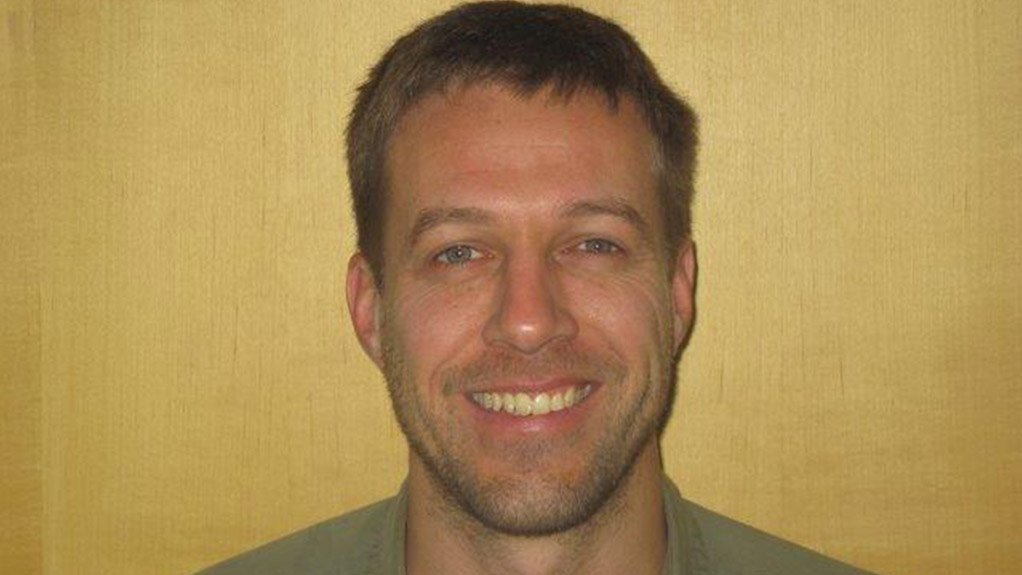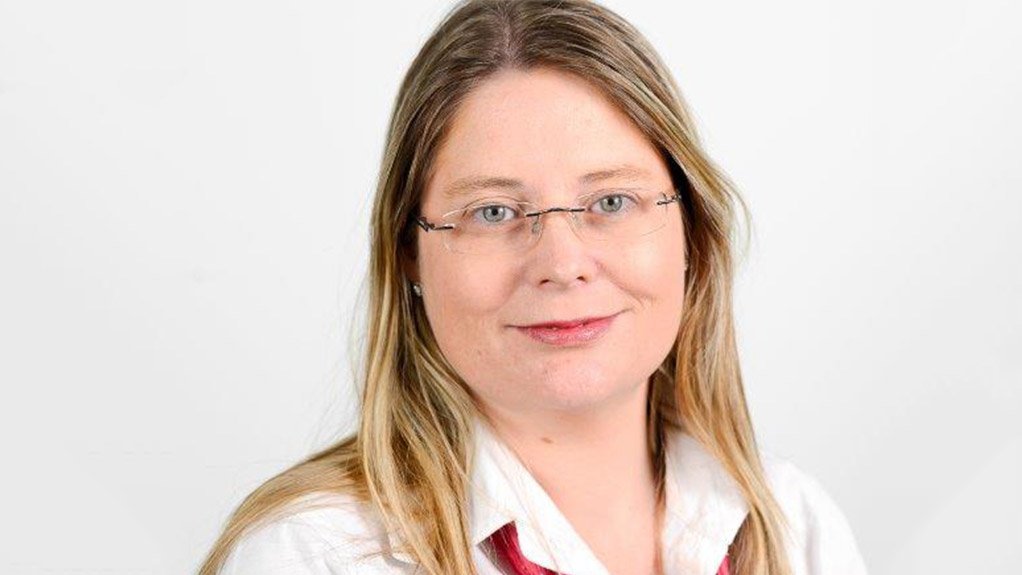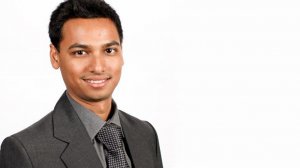AECOM debates the impact of EIAs in project development at IAIA18
This article has been supplied as a media statement and is not written by Creamer Media. It may be available only for a limited time on this website.
Integrated infrastructure development company AECOM had a major presence at the 38th annual conference of the International Association for Impact Assessment, IAIA18, held from 16 to 19 May at the Durban International Convention Centre.
Billed as the international environment conference of the year, AECOM had a record four speakers delivering presentations, Nicola Liversage, Unit Director, Environment, Africa, pointed out. The theme for 2018 was ‘Environmental Justice in Societies in Transition’.
The conference overview highlighted that, globally, societies are in transition due to environmental challenges such as climate change, shifts in political power, as seen in Europe and the US, and social changes such as mass migration.
All these changes and challenges pose a threat to the sustainability of the physical and human environment, while growing inequality threatens both the social and natural environment. Although the aim of development is to create a more sustainable environment, the reality is often that only a few benefit, while others bear the brunt of the impacts.
South Africa is a good example of a society in transition, where reducing inequality is one of the greatest challenges it faces. In many instances, Environmental Impact Assessments (EIAs) are the only means to assess the potential environmental and social impacts of large-scale infrastructure projects in Africa, Liversage pointed out.
Although these EIAs are based on similar standards, their implementation often falls short of these standards. In countries where enforcement is weak, EIAs may not be undertaken at all, resulting in frequent and serious environmentally- and/or socially-induced consequences.
Liversage urged environmental consultants “to build relationships with the design engineers and contractors. Our value lies in ensuring integration of our mitigation measures in the design process and in providing support, advice, and guidance to the contractor to enable the best practicable solutions in construction for a truly sustainable development.”
She concluded: “Our industry is suffering from a regulatory ‘tick-box’ mindset, paper-churning exercise that provides little value enhancement, and adds on layers of delays and unnecessary uncertainty for development. Environmental practitioners, design engineers, contractors, developers, and regulators all have roles to play.
“I encourage us to reflect on what we are doing, or not doing, to challenge this perception. The ‘EIA Uprising in Africa’ is here, and we are all an important cog in the wheel of change in the environment industry in Africa. We need this revolution for our children. The time is now, and it starts with us.”
Bharat Gordhan, Senior Environmental Scientist at AECOM, concurred that the EIA can be a comprehensive tool, if used appropriately. However, the majority of developers – from government, State-owned companies, private companies, and industry – instead perceived it as a hindrance.
“The conventional perception is that the developer obtains approval from the authorities, and thereafter implements the project, with a cursory consideration around the time of the independent Environmental Control Officer (ECO) audits. Adaptation around a dynamic environment, sometimes influenced by climate change, implies that the original approval should also be able to adapt to different risks that may not have been considered previously as a snapshot within the EIA,” Gordhan stressed.
“A key driver of a dynamic environmental risk assessment and management could be the use of the environmental jargon among all the affected stakeholders (developer, engineer, contractor and ECO). This would allow the environmental specialist to share the same table as their fellow respected professionals like geotechnical engineers, mechanical engineers, architects, and health and safety practitioners.”
Robin Swanepoel, Africa Technical Specialist: Environmental Management and Compliance at AECOM, in conjunction with Unisa Professor Ian Albert Wessels, addressed the urgent need to improve environmental and social performance on construction projects.
The authors highlighted that construction sites, whether complex mega-projects or small-scale, low-complexity projects, can be conceptualised as a system in which different actors are involved in the implementation of Environmental Management Plans (EMPs).
These different actors have different roles, depending on where they are located within the system. Using organisational and systems theory, the ‘system’ of the project construction site is deconstructed into the sub-systems of operating, control, and managing system.
Different actors are located within these sub-systems, with their own specific role, responsibility, accountability, and authority. This translates into a network of environmental actors on construction sites, with their structural roles defining their contribution to the ultimate implementation of EMPs.
Mark Westbury, Principal Social Development Consultant at AECOM, stressed that, for projects seeking loans or investment from global financing organisations, there is added scrutiny as to whether or not the project has been planned and developed adequately particular in terms of stakeholder engagement.
This is a core requirement of projects conducted to international finance corporation standards, and is particularly important for projects in societies in transition, where limited access to information, and the ability of stakeholders to raise issues and concerns, create a barrier to achieving environmental justice.
Projects often do not have robust records of stakeholder engagement. In the absence of robust record-keeping, financing organisations cannot verify whether stakeholder engagement has been effective. Thus, the associated risks in terms of compliance and/or reputational impacts cannot be determined easily.
The net result can be delays as additional stakeholder engagement needs to be carried out, or even a potential risk to the completion of the financing itself. In his poster presentation, Westbury outlined a model for recording stakeholder engagement in a way that helps to demonstrate alignment with international standards.
IAIA South Africa organised the 2018 conference in Durban. Established in 1992, IAIAsa has over 650 members. It functions as a professional association spearheading Integrated Environmental Management (IEM) in Southern Africa. IAIAsa undertakes various activities in order to provide a platform for advancing innovation and communication of best practice in IEM, to enhance professionalism in practice, and to advocate for sustainable policies and practices across industry.
Comments
Announcements
What's On
Subscribe to improve your user experience...
Option 1 (equivalent of R125 a month):
Receive a weekly copy of Creamer Media's Engineering News & Mining Weekly magazine
(print copy for those in South Africa and e-magazine for those outside of South Africa)
Receive daily email newsletters
Access to full search results
Access archive of magazine back copies
Access to Projects in Progress
Access to ONE Research Report of your choice in PDF format
Option 2 (equivalent of R375 a month):
All benefits from Option 1
PLUS
Access to Creamer Media's Research Channel Africa for ALL Research Reports, in PDF format, on various industrial and mining sectors
including Electricity; Water; Energy Transition; Hydrogen; Roads, Rail and Ports; Coal; Gold; Platinum; Battery Metals; etc.
Already a subscriber?
Forgotten your password?
Receive weekly copy of Creamer Media's Engineering News & Mining Weekly magazine (print copy for those in South Africa and e-magazine for those outside of South Africa)
➕
Recieve daily email newsletters
➕
Access to full search results
➕
Access archive of magazine back copies
➕
Access to Projects in Progress
➕
Access to ONE Research Report of your choice in PDF format
RESEARCH CHANNEL AFRICA
R4500 (equivalent of R375 a month)
SUBSCRIBEAll benefits from Option 1
➕
Access to Creamer Media's Research Channel Africa for ALL Research Reports on various industrial and mining sectors, in PDF format, including on:
Electricity
➕
Water
➕
Energy Transition
➕
Hydrogen
➕
Roads, Rail and Ports
➕
Coal
➕
Gold
➕
Platinum
➕
Battery Metals
➕
etc.
Receive all benefits from Option 1 or Option 2 delivered to numerous people at your company
➕
Multiple User names and Passwords for simultaneous log-ins
➕
Intranet integration access to all in your organisation

























